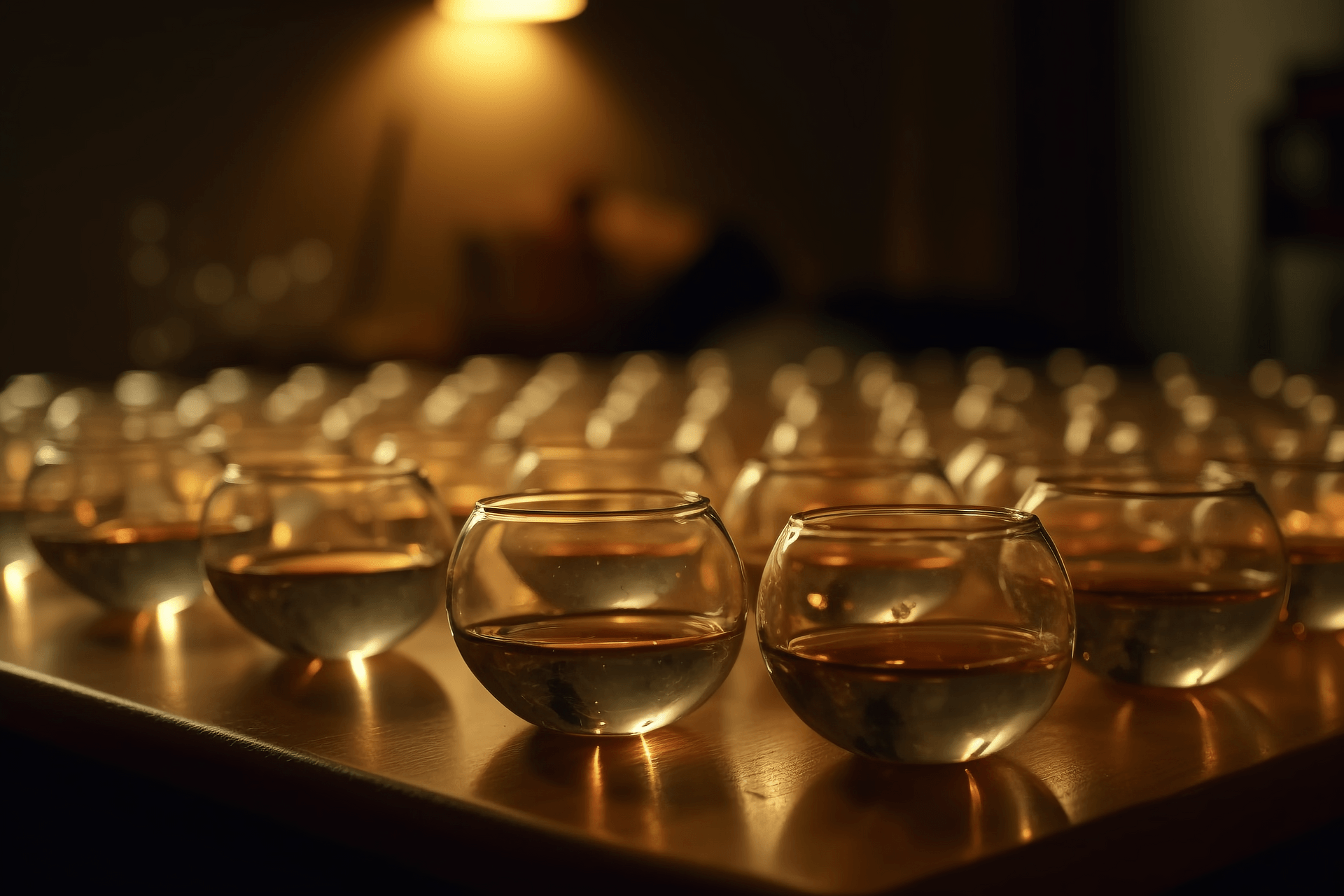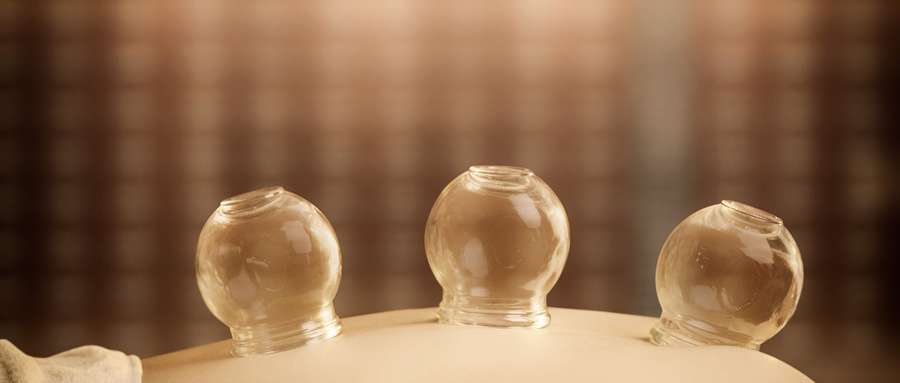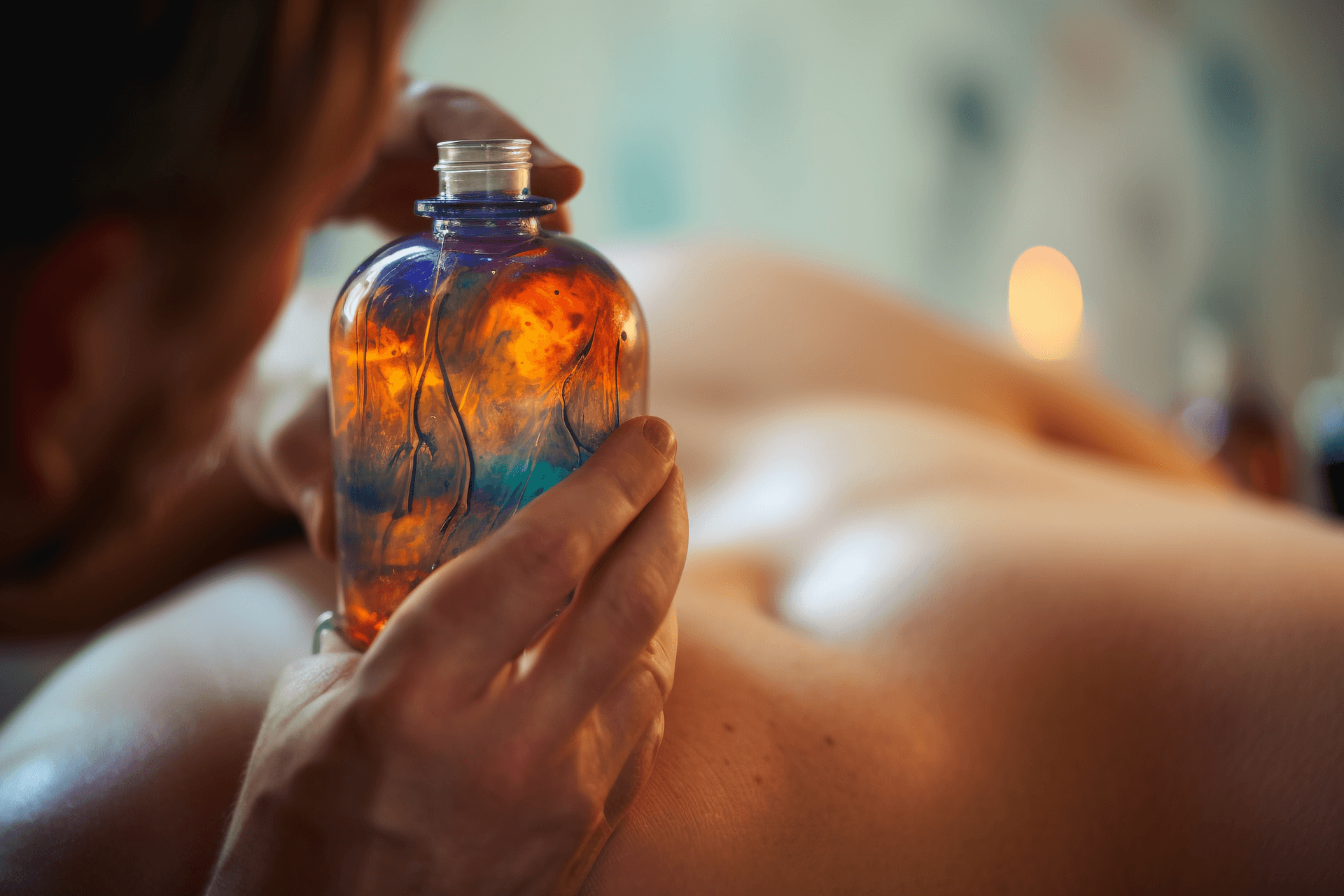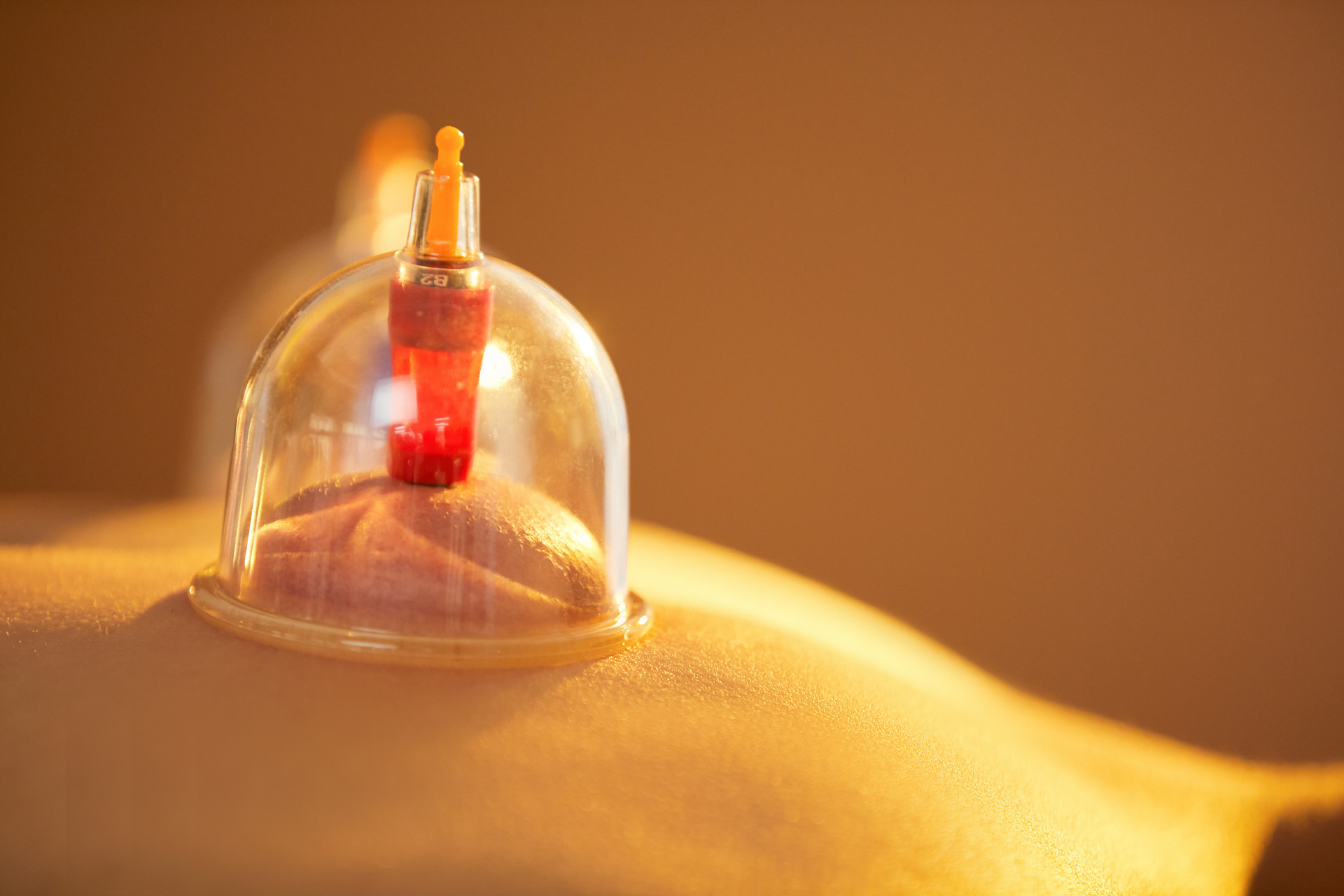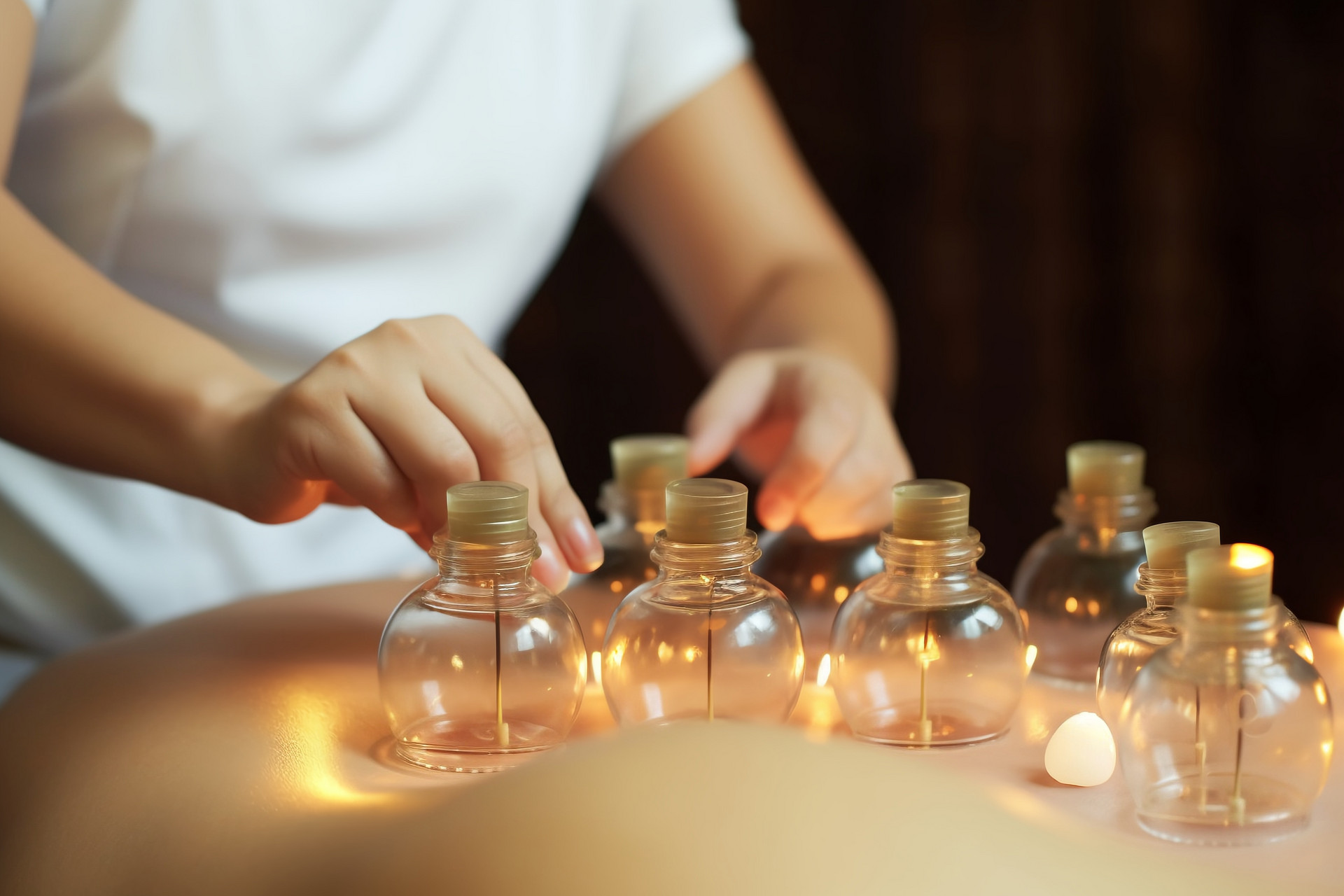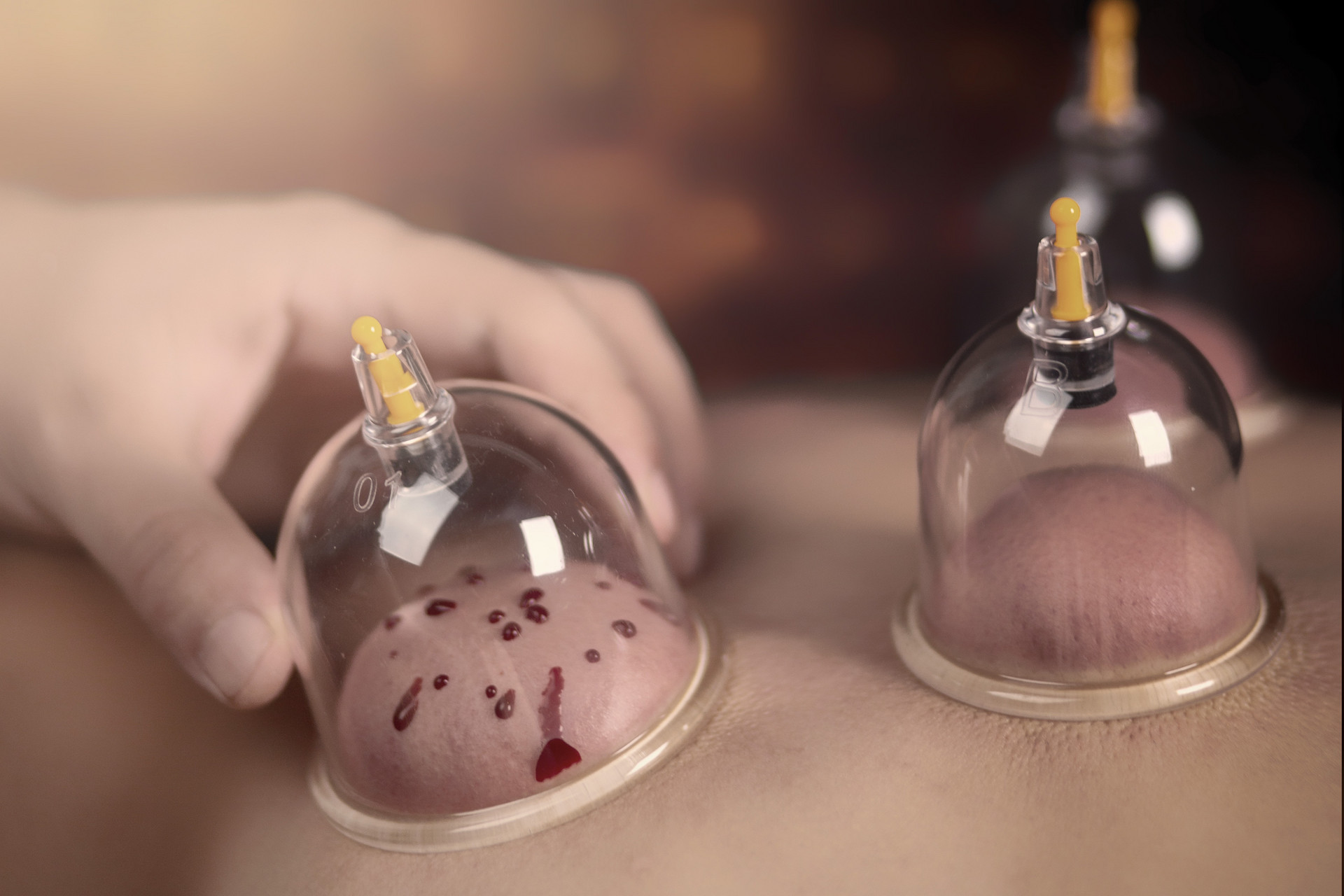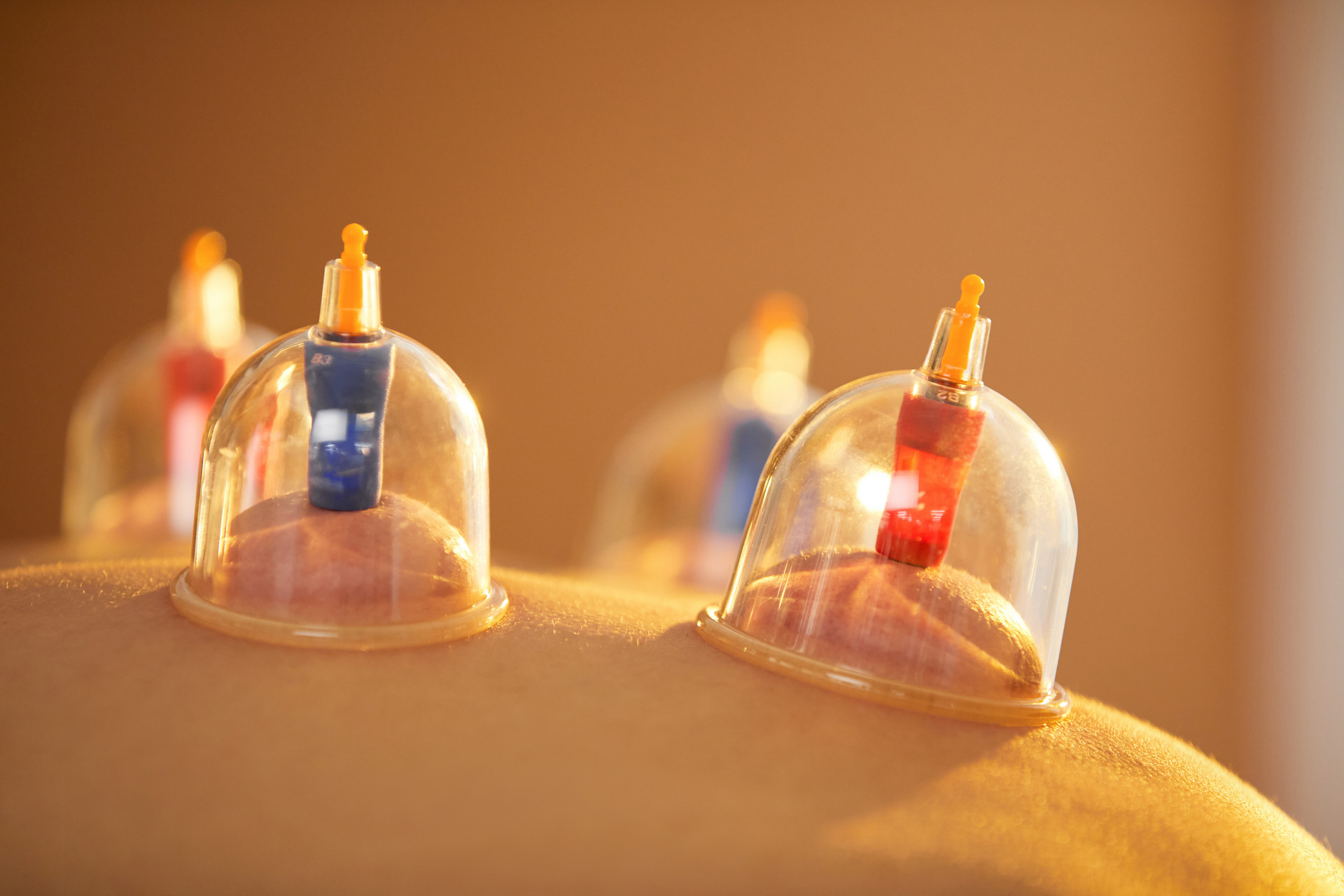[Overview]
Cupping therapy is a treatment method that uses heat or other methods to remove air from the cup, creating negative pressure and causing the cup to adhere to the skin, resulting in the phenomenon of blood stasis. Cupping therapy, also known as suction cupping, was already used in ancient times and has been applied in China since the Jin Dynasty. There are many types of cups used in cupping therapy, such as bamboo cups, ceramic cups, metal cups (copper cups, iron cups), glass cups, and suction cups. In modern times, glass cups and suction cups are the most widely used.
[Instruments and Medications]
Here, we will only introduce the commonly used methods of fire cupping and suction cupping.
(1) Fire Cupping: This is a traditional method that uses the heat generated during combustion to remove air, creating negative pressure and causing the cup to adhere to the skin. It is divided into four types: fire lighting method, flash fire method, cotton application method, and fire frame method.
- Fire lighting method: Dip a cotton ball or piece of paper in 95% concentration ethanol (be careful not to dip too much to avoid igniting the ethanol and causing burns to the skin), ignite it, and quickly place it into the cup before sealing it on the selected area. When sealing, it should be sealed sideways to prevent burning the cotton ball or paper and causing burns to the skin.
- Flash fire method: Use tweezers to hold an ethanol-soaked cotton ball, ignite it, and then uniformly circle it inside the cup. Immediately remove the tweezers and seal the cup on the treatment area.
- Cotton application method: Apply a 2 cm square ethanol cotton pad to the bottom of the cup, ignite it, and quickly seal it on the acupoint.
- Fire frame method: Place a non-flammable and non-heat-conductive object (such as a penicillin bottle cap) on top of the cup, place an ethanol cotton ball on it, and place it on the acupoint. Ignite it and seal it with the cup.
Among the above methods, the flash fire method and fire frame method are the safest and most commonly used. However, the flash fire method requires skilled techniques, otherwise, the cup may not be tightly sealed. During the flash fire, the cup mouth should not be burned to avoid scalding the skin. Although the suction force of the fire frame method is strong, it is more cumbersome to operate. Each person can use the method they are familiar with.
(2) Suction Cupping: This is a modern method that consists of two parts: a suction device and plastic cups of different sizes with pistons. The operation method is as follows: place the cup on the desired acupoint, insert the suction device into the top of the cup and adjust the piston, repeatedly pull the piston with your fingers to exhaust the gas inside the cup until the desired negative pressure is reached, then remove the suction device. When removing the cup, simply pull up the plastic core on the top of the cup. Suction cupping does not use heat but mechanical force, which not only prevents accidents such as burns but also allows adjustment of the degree of suction according to the patient's physical condition, condition, and location. It is highly promotable.
[Operational Methods]
There are several methods commonly used:
(1) Leave the Cup: This is the most common form of cupping. After the cup is attached, it is left on for 5 to 20 minutes before removing it. For facial and delicate skin areas, the cup should be left on for a shorter time, while for areas with thick muscles, it can be left on for a longer time. Generally, redness or bruising should be visible locally. Note that leaving the cup on for too long may cause blisters on the treated area, which can be treated with gentian violet solution and, if necessary, bandaged. The blisters are usually absorbed without leaving scars. This method is suitable for various conditions treated with fire cupping.
(2) Flash Cupping: After the cup is attached, it is immediately removed and repeated multiple times until local congestion or bruising appears. It is mostly used for local numbness and decreased physiological function.
(3) Moving the Cup: Also known as pushing the cup. It is mostly used for larger lesion areas with thick muscles. First, apply a layer of Vaseline or vegetable oil to the area, select a smooth-mouthed glass cup (usually a medium-sized one), attach the cup, use the left hand to tightly hold the skin at the upper end of the cup area to make it tense, and use the right hand to slide the cup downwards. After reaching a certain distance, press the skin at the lower end with the left hand, and slide the cup upwards with the right hand. Repeat this up and down or left and right several times until the skin becomes congested. This method is commonly used for muscle strain in the lumbar and back areas.
(4) Pricking and Cupping: Also known as needle pricking method. Before cupping, use a sterilized three-edged needle or skin needle to puncture or tap the acupoint, and then apply cupping for 10 to 15 minutes. After removing the cup, wipe away the bloodstains. This method is suitable for various muscle diseases caused by sprains, pain, and stiffness.
[Indications]
Cupping therapy is suitable for rheumatic pain, sprains, colds, stomachaches, abdominal pain, headaches, and early-stage boils.
[Precautions]
Cupping is not suitable for high fever, convulsions, spasms, as well as areas with lean muscles, hair, and uneven bone protrusions.


